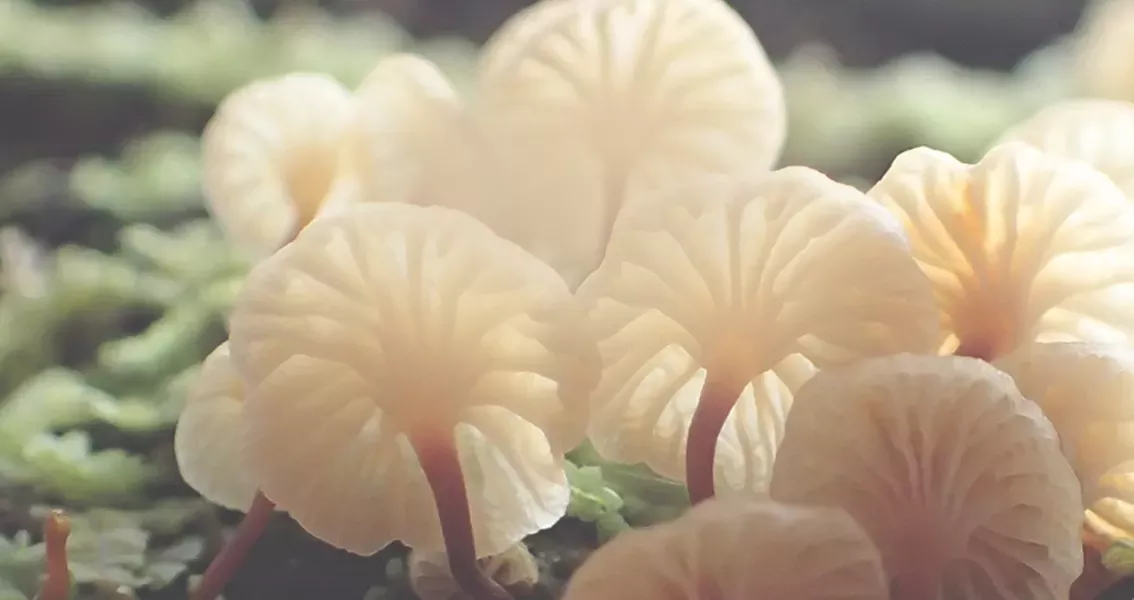15 October 2022
A curious discovery - The Giles Herbarium
Digitising the herbarium of Frank Giles, the nineteen year old’s collection of British flora from the late ninetieth century.

Over 127 years ago, in the winter of 1895, Frank Giles, the nineteen-year-old son of a chemist and druggist, began a collection of British flora near the coastline of Kent.
Giles would go on to pursue a career as a dental surgeon; however, his collection eventually made its way into the Herbarium at Kew, and has recently been rediscovered as part of a major new project to digitise Kew’s collections.
Each of the 150 specimens is exquisitely dried, pressed, mounted and accompanied by a label which provides vital data. The collection represents a snapshot of common flora of southern England between 1895 and 1896.
But the story of its acquisition, its history before arriving at Kew and the life of Frank Giles, are an intriguing mystery.
Where the ordinary becomes the extraordinary
Most of the clues we have gathered about the collection’s origins came from the collection’s beautifully lettered index titled, a List of Plants arranged according to Babington, and an accompanying note handwritten by Giles to introduce his collection. The note reads:
44 Guildhall St, Folkestone
30.06.96.
The specimens which accompany this note were collected by myself between the 1st day of January 1895, and the 1st day of July 1896, and were named and arranged without any assistance than that derived from books.
Signed Frank Giles
[counter signed] I hereby certify the above is correct James John Giles, Chemist and Druggist, Folkestone
The collection is particularly unusual due to each specimen’s exemplary arrangement and decoration, showing meticulous attention to detail. Giles has gone to great lengths to display all the characters of each specimen and delicately hand-draw the borders and titles on each specimen, transforming these herbarium sheets into works of scientific art. For example, the Erica specimens each display minuscule, dissected parts of the flower, including the ovary, stamens, and seeds.
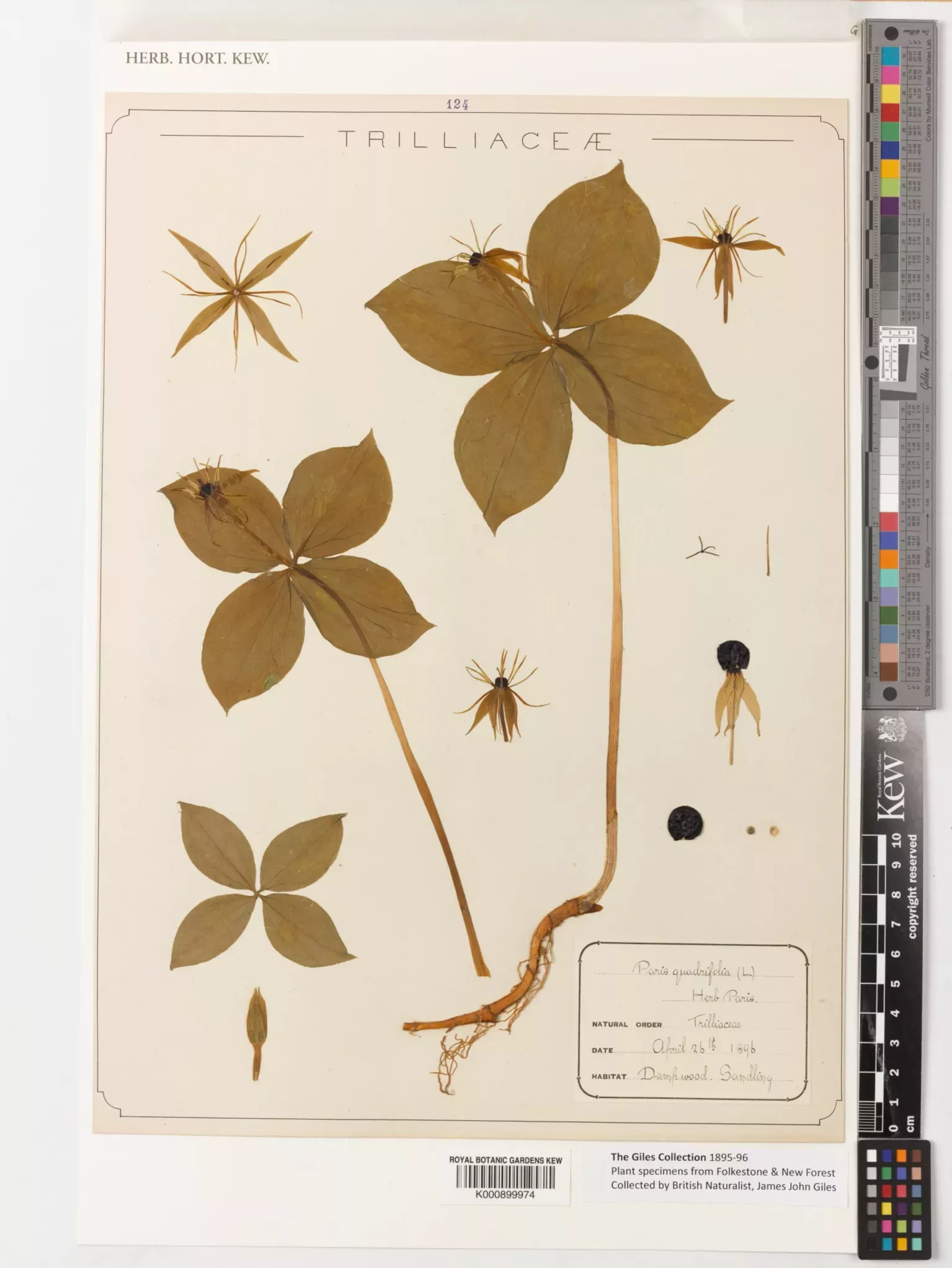
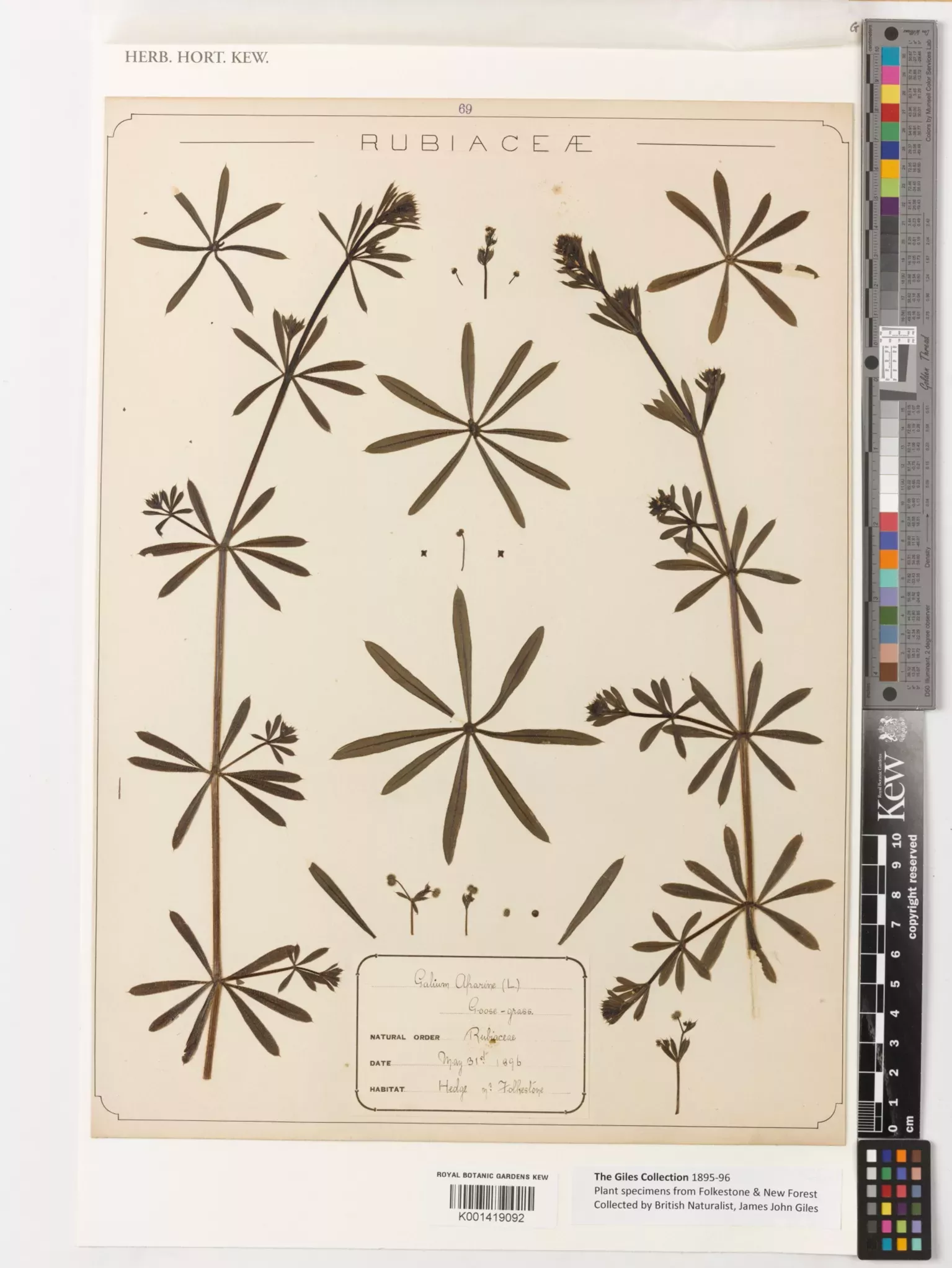
A snapshot in time
Historic specimens, like those of the Giles collection, can encapsulate older methods of preparation, organisation, and research in botany. This late 19th-century collection exemplifies the plant classification of Charles Cardale Babington’s influential Manual of British Botany, first published in 1843 and remaining an influential compendium of British flora beyond his death in 1895. Comparing Giles’ collection to the remainder of Kew’s Herbarium shows how classification, Latin names, and even common names have changed since Giles’ days in the field.
Unanswered questions
Beyond the information held within the letter and specimens, there is still much we do not know about Giles’ life, why he collected and mounted the herbarium specimens, and how the material came to be deposited at Kew Herbarium.
Why does the letter state that the specimens were named and arranged without assistance? Could the collection be part of an examination?
Who was Frank Giles? His name does not appear in the who’s who of the British and Irish botanical world, Dictionary of British and Irish botanists and horticulturalists, including plant collectors and botanical artists by Ray Desmond.
The Digitisation of the Herbarium
Kew has one of the largest collections of dried plants and fungi in the world. Through our ambitious digitisation project, we are unlocking previously rarely seen collections and allowing anyone, anywhere to access them online for free.
This will allow researchers around the world to view specimens for biodiversity and climate research, build up the historical context of these collections and hopefully unearth some of the unique mysteries hidden, including who Frank Giles and other budding botanists were, in the Kew Herbarium.
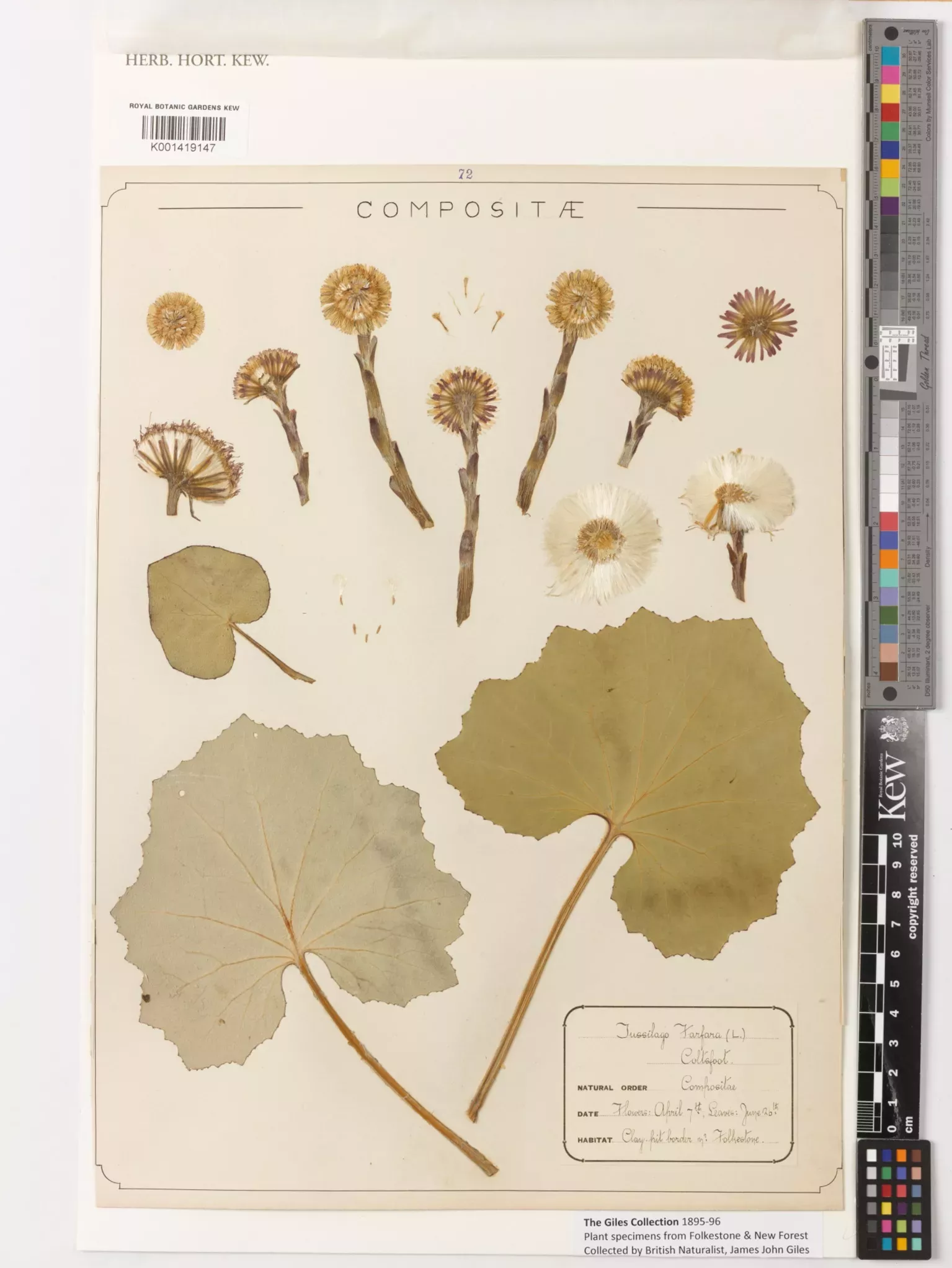
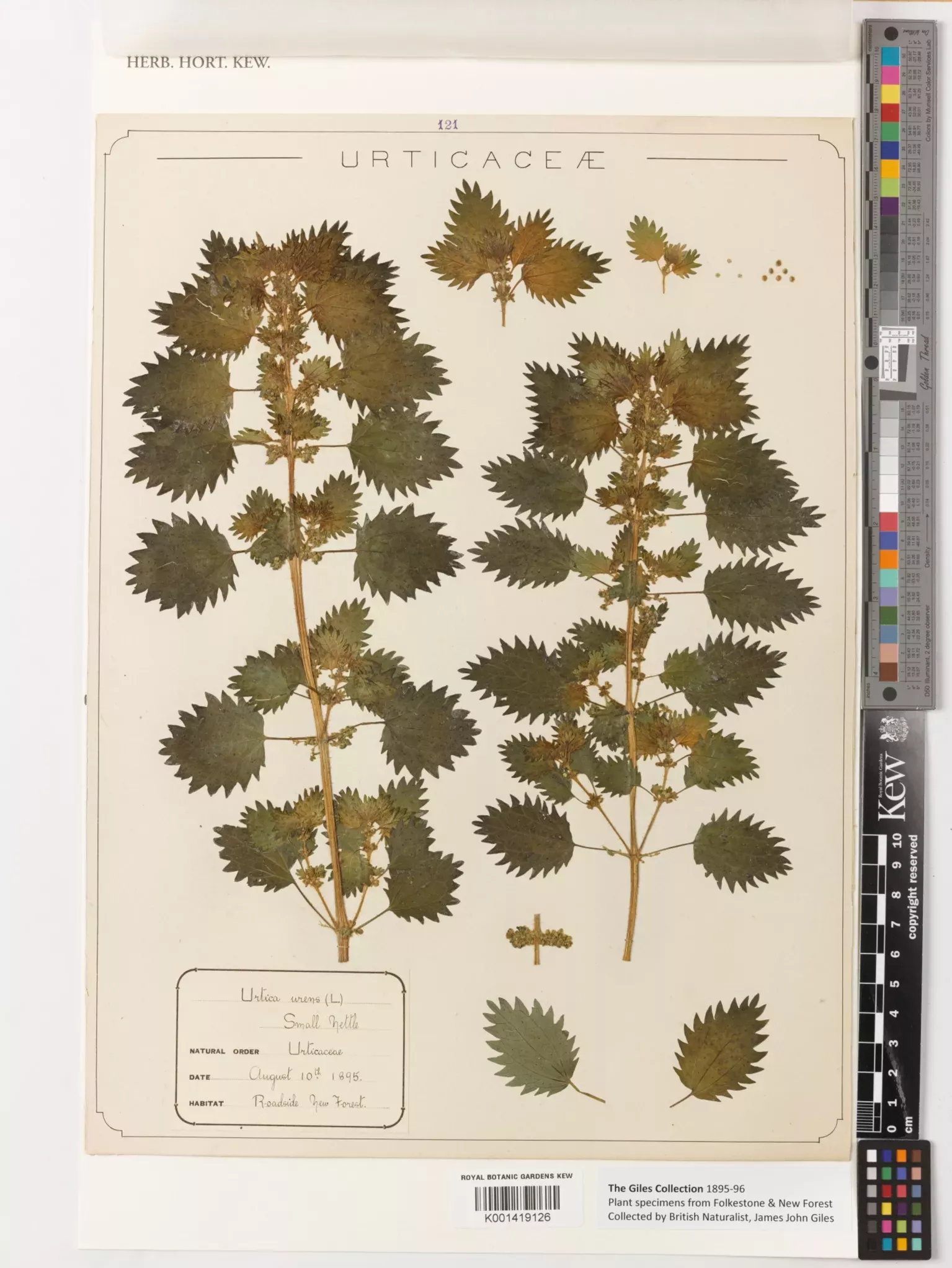
Author
Noah Hearne, curation placement student, MA Museum Studies, UCL
